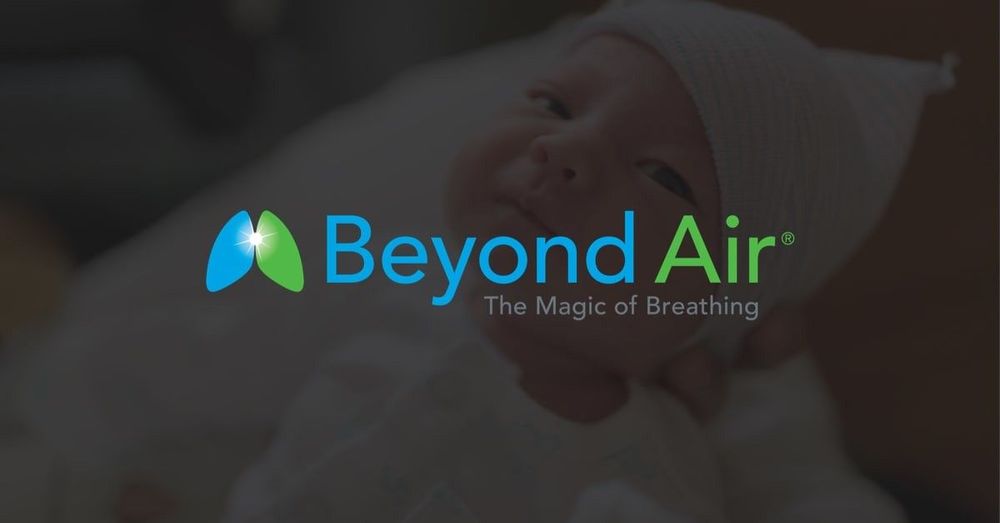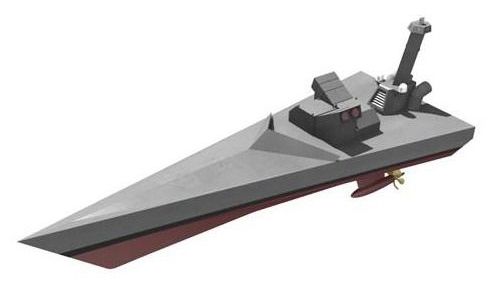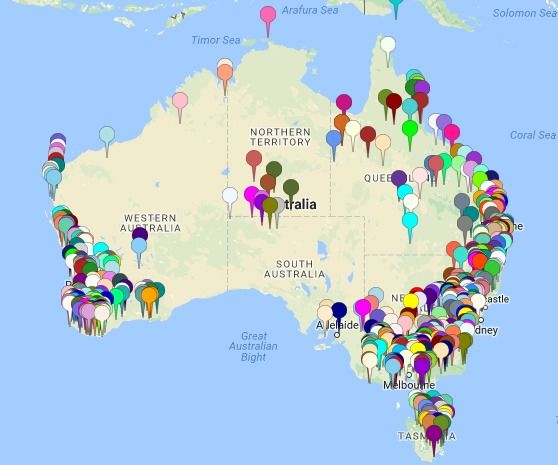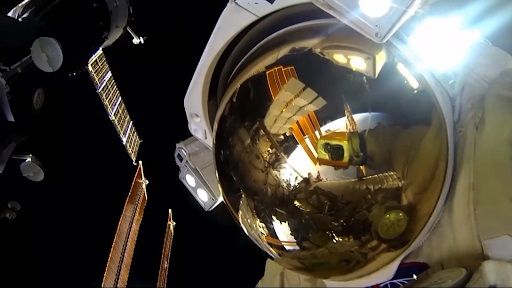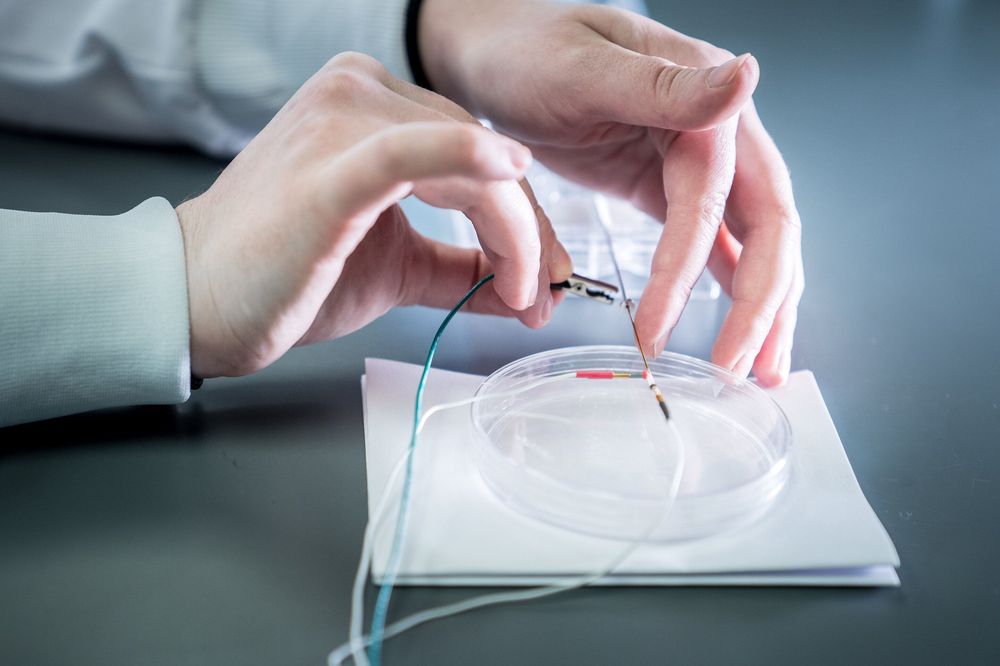Oct 21, 2020
Samples from Ferndale’s municipal water system have lead levels exceeding state standards
Posted by Quinn Sena in categories: health, sustainability
FERNDALE, Mich. – Samples from Ferndale’s municipal water system have lead levels in the drinking water exceeding state standards, according to officials.
Oakland County Health Division (OCHD) was notified by the Michigan Department of Environment, Great Lakes, and Energy (EGLE) about the results from testing. Testing occurred as part of routine compliance sampling required by EGLE under Michigan’s Safe Drinking Water Act.
The OCHD is coordinating the distribution of free water filter kits to Ferndale residents who qualify on Oct. 28 from 3 to 6 p.m. at the Gary Kulick Community Center (1201 Livernois St, Ferndale, MI 48220).



